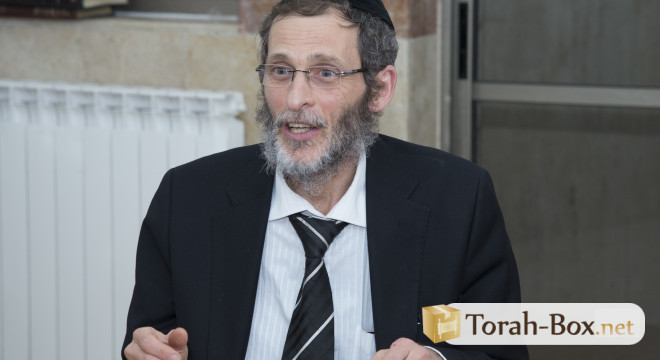
Mussar
Repairing One’s Character, Repairing One’s Soul
In order to approach self-awareness, we must study the importance of middot beforehand. That is to say, qualities and flaws, and character traits in general.
Some people would like to improve but don’t know how to proceed; others don’t understand the importance of middot, wondering why being proud, quick-tempered, jealous or running after delights, has any importance. We are therefore going to explain what importance the Torah grants to middot. With this in mind, let’s quote an excerpt from Rabbi Chayim Vital’s [1] book Shaarei Kedusha: “On this lower soul, depend good and bad middot, and those constitute the foundation and root of the intelligent upper soul on which depend the 613 mitzvot of the Torah”.
Rabbi Chayim Vital says as follows : middot are vital and take precedence over mitzvot. Middot indeed represent the basis of human personality. A human being can be compared to a 70-story skyscraper with foundations buried deep under the ground and not visible. The whole building is nevertheless supported by those foundations and if an earthquake were to occur, the building resistance would essentially depend on the solidity of its foundations. The same applies to a human being. If the person’s actions symbolize the different floors of the building, the person’s middot, while not visible, represent his foundations. This implies that everything we acquire throughout our lives, such as Torah study, the accomplishment of mitzvot or even tefila, cannot be built on anything but middot.
That is why, Rabbi Chayim Vital teaches us, that if someone is put to the test, their success or failure will mainly depend on their middot. They will have accomplished even more than mitzvot. Although each mitzvah constitutes a powerful protection from the temptations of the yetzer hara, it still isn’t enough. Without conscious and perpetual work on middot, man is doomed to fail. And despite their crucial importance, our Torah doesn’t address the subject of middot explicitly, for, as we explained, middot represent the basis and foundation of personality; they therefore can’t be seen at once.
We may explain this idea by delving into deeper notions and understandings. In enjoining ourselves while accomplishing mitzvot, the Torah wants us to get at the bottom of an edifice. This edifice is called yesod (foundation) in Hebrew and malchut (kingship). Yesod is the basis; it is always hidden, concealed, dissimulated. Malchut is the edifice itself and symbolizes greatness, splendor, beauty, the majestic character of the building. This also applies to human beings. What can be seen at once, is a person’s Torah (meaning their level of understanding of the different subjects that define it), their tefila and mitzvot. Mitzvot, which among other things aim at spreading Hashem’s name in the world in order for mankind to acknowledge that He is the Master, are meant to be done in a visible way. However, this approach isn’t sufficient. We need to work on what is hidden, the submerged part of the iceberg, which means carrying out a tikkoun hamiddot.
Let’s try to understand for what concrete reasons Hashem recommends us to have good middot. First of all, if a society is comprised of jealous, quick-tempered, dishonest, malevolent people, they will never be able to live together in a civilized way. This reason, as true as it may be, is limited though; we are talking specifically about personal interest.
A second reason consists in saying that the more qualities we have in our heart, the more likely we are to assist others, both materially and spiritually, in bringing them happiness and well-being. This approach is only possible through tikkun hamiddot, which itself leads to selflessness.
Nevertheless, there is an even higher level. It is called tikkun hanefesh (soul repair). We are conscious of being driven by a neshama. Similar to a wound affecting our physical well-being, character imperfections affect our soul. Modesty and pride, patience or nervousness, generosity or greed will give different structure to our neshama. We are wary of our physical health and we shield ourselves from any harm – it must be the same when it comes to our soul, which we have to protect from any imperfection. Because if it is possible to hide our character traits in this world, in the world to come, where our neshama will linger on after detaching itself from its body, middot will be then visible for eternity.
[1] Prominent student of the Arizal. He lived approximately 400 years ago.
Torah-Box.net Account
To access the entire Torah-Box.net website, sign up for free in less than a minute.
Weekly Parsha
 Candle Lighting - New York
Candle Lighting - New York
Friday April 25th, 2025 at 19:28 *Shabbat ends at 20:32 *
change my location
* Times given as an indication, check the times of your community











